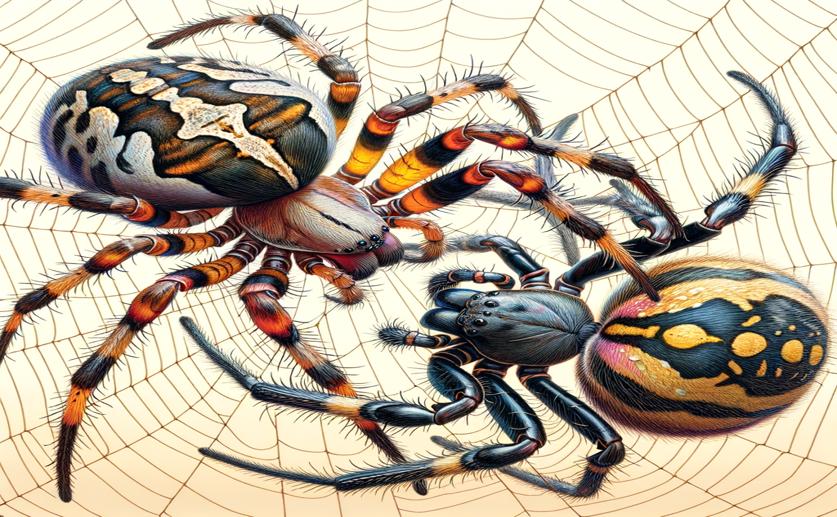
How Female Choice and Male Behavior Affect Courtship and Mating in Spiders
Jenn Hoskins
28th June, 2024

Image Source: Natural Science News, 2024
Key Findings
- The study, conducted at the University of Toronto, examined male courtship behaviors in five widow spider species
- Males from species with high rates of sexual cannibalism invested more in courtship, as they are likely to mate only once
- Increased male courtship investment was linked to greater female control over mating outcomes, with females preferring longer courtships
GeneticsAnimal ScienceEvolution
References
Main Study
1) Does female control and male mating system predict courtship investment and mating outcomes? A comparative study in five widow spider species (genus Latrodectus) tested under similar laboratory conditions
Published 27th June, 2024
https://doi.org/10.1186/s12862-024-02272-9
Related Studies
2) Evolutionary conflicts of interest between males and females.
Journal: Current biology : CB, Issue: Vol 16, Issue 17, Sep 2006
3) Metabolic efficiency in courtship favors males with intermediate mass in the Australian redback spider, Latrodectus hasselti.
4) Sexual Size Dimorphism: Evolution and Perils of Extreme Phenotypes in Spiders.



 8th June, 2024 | Jim Crocker
8th June, 2024 | Jim Crocker